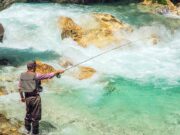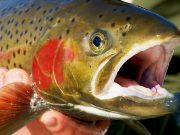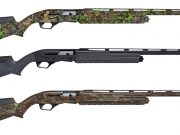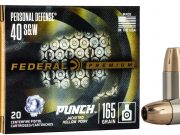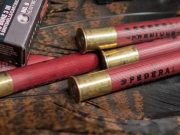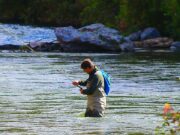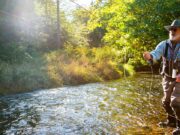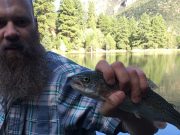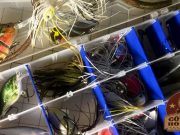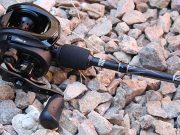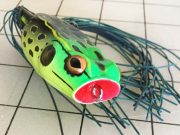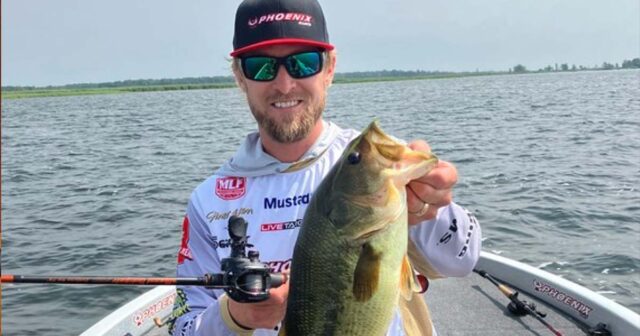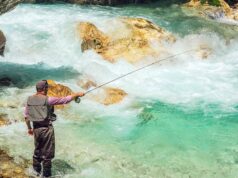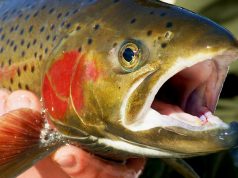How James Elam Adjusts His Summertime Gameplan to Find Bass Consistently
Late summer bass fishing is often referred to as the “dog days” for a reason. Air temps have been bumping triple digits throughout the months of July and August, baking the water’s surface to a boil, and the bass seem to go into a funk, making many anglers wait for the first cool front of the fall before venturing back out on the water.
Major League Fishing Pro, James Elam, can’t do anything about the heat; however, he does tweak his game plan from his midsummer strategy to stay on the bite in late summer. He explains, “During early to midsummer, the bottom techniques like deep cranking, worms and jigs work well because the bass are grouped up and feeding in schools along the lake bottom. But, there’s a point in time that those schools of shad start to suspend up higher in the water column and the bass start to break up into smaller groups to chase them. So, in late summer, I shift my approach to hunt them down with forward facing sonar”.
The Oklahoma pro starts by searching out schools of shad with his Lowrance electronics, focusing his search in the middle of deep coves, the mouths of major creeks, as well as the deeper flats along the main lake area. Once the shad are located from the driver’s seat, Elam will move to the front deck to drop the trolling motor and start scanning the area with his Lowrance Active Target looking for individual bass feeding below or within the balls of shad. “When you see those shad pods grouped tightly toward the surface, that means the bass are pushing them and actively feeding on them. The surface acts as a backstop, meaning there’s simply nowhere else for the shad to escape,” continued Elam.
His approach to catch suspended bass is a 1-2 punch, depending upon the mood of the bass. As he details, “I’ll start with a 4-5” LIVETARGET Slow Roll-Shiner rigged on a ⅜ oz Mustad Impact Spring Lock Jig Head. The 5” is easier to see on forward sonar and imitates those larger shad extremely well and I’ll go with a shad pattern such as Silver Pearl”. Elam explains that the technique is rather simple: maintain a good cast away from the fish to avoid spooking with the trolling motor, casting beyond the fish and swimming the paddle tail design of the Slow-Roll Shiner just under the shad, but above the bass below. “The goal is to make that Ghost Minnow appear as a stray baitfish that’s wandered away from the bigger school”, he adds. “Just keep a slow, steady retrieve and if you see the bass following on forward sonar, but not committing, increase the retrieve speed to make them think the shad is getting away. That usually seals the deal”.
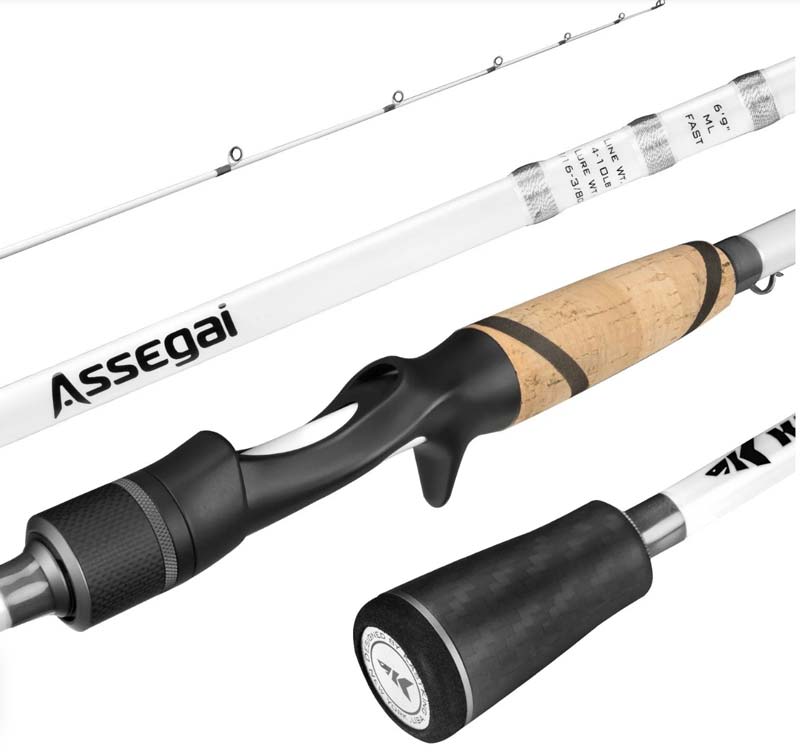
Elam’s rod and reel setup for the Slow-Roll Shiner is a KastKing 7’3” Gittin’ Jiggy Rod from the new Assegai lineup. “This is a fast-medium action rod that sends that swimbait a long way, but has the right action to get a good hookset from a long distance,” he explains. For the reel, the MLF pro relies on the new high-tech iReel from KastKing, which gives him audible metrics such as casting distance and retrieve speed. As he details, “The iReel is such a smooth reel. It has a big spool, a nice drag system and I like getting the cast and retrieve data in real time. I often find the bites are coming at a certain distance away from the boat with a specific retrieve speed, and the iReel lets me monitor that data while I fish”.
If the bass are reluctant to chase the paddle tail swim bait, Elam goes more “finesse” in his swim bait set up, incorporating the subtle action of the LIVETARGET Ghost Tail Minnow. “The Ghost Tail Minnow is actually a drop shot bait”, he states, “but I rig it on a homemade ⅛ oz jig head and use it for ‘hover strolling’, which has become really popular on the tournament trail”.
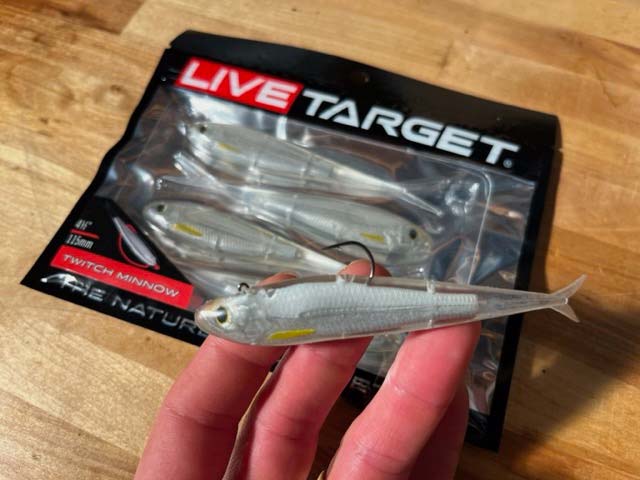
With the hover strolling technique, the Ghost Tail Minnow is fished in similar fashion as the paddle tail; however, the minimal action of the Ghost Tail as it’s allowed to pendulum back to the boat, just above the bass, has proven to be a “bite-getter” when other techniques with forward sonar fail. As he explains, “When fishing this lighter ⅛ oz jig head, it takes longer to get the lure down to the bass, but sometimes that small, subtle profile swimming above them is the only way to get them to eat.”
For hover strolling, Elam breaks out the spinning gear, relying upon the KastKing Speed Demon Jig/Worm Spinning Rod paired with a 3000 series KastKing Mega Jaws Elite Spinning Reel. The Speed Demon rod is 7’3” in length and has a fast-medium action for sending the lighter ⅛ oz jig head a long way. Lastly, Elam’s line for hover strolling is a mainline of 20# braid tied to a 10# fluorocarbon leader.
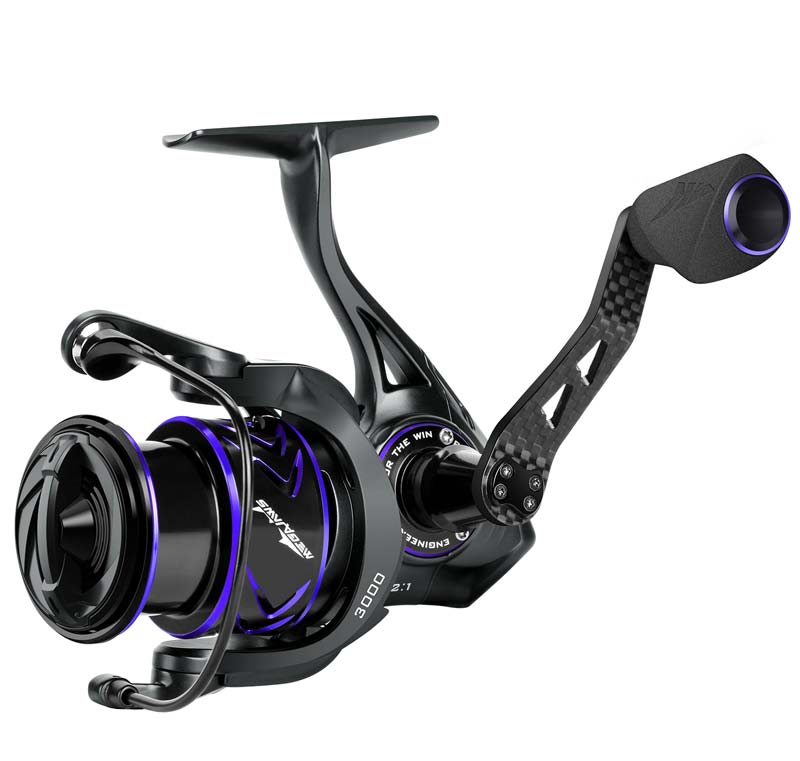
While Elam admits, both techniques require a good understanding of live sonar technology while watching the shad, bass and the swimbait interact in real time; however, the payoff is a means to keep the action hot… just like the weather.

 <
<


